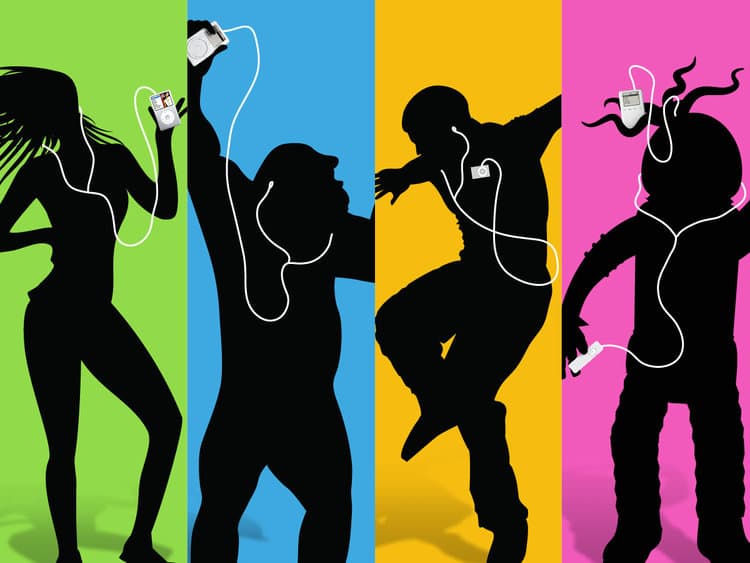
Why are your dog’s photos more popular than yours? How come a little British boy received over 860 million video views after he stated, “Charlie bit me”. How does some content spread like wildfire across the internet?
New York Time Best Selling Author and Wharton Business School professor, Jonah Berge created a six-step framework for viral success. In the book Contagious, Why Things Catch On you’ll read his explanation of what they are and how to use them to spread any idea.
1. SOCIAL CURRENCY: Smart, Cool, and in-the-know
As humans, we are inherently social. We walk, talk, and act in ways that position us positively in the eyes of others. Social currency is what we tell others to build ourselves up.
To do that, Jonah Berger said it best, “Give people a way to make themselves look good while promoting their products and ideas along the way.”
So how can you do that? Ask yourself this. When people talk about your idea or product, does it make people look good or feel intelligent? Be sure to find the inner-remarkability and make people feel like an insider.
2. TRIGGERS: Top-of-mind means tip-of-tongue
If someone said “cats and…” you might immediately think of, dogs. If someone said “peanut butter and…” you might immediately think of jelly. Peanut butter is like a little advertisement for jelly. Seeing, hearing, or even thinking about peanut butter makes people think about its frequent partner, jelly.
And because triggers make things top-of-mind, they also shape what we talk about and how we behave.
Connect your message to a situation that your kind of customer frequently experiences so it triggers them to think of your brand whenever they are in that situation.
3. EMOTION: When we care, we share
The “E” in STEPPS is for emotion. More specifically high arousal emotions like happiness, humor, and even anger play a heavy role in your message being spread. United Airlines learned this the hard way, here’s that story.
Dave Carroll, a guitarist, checked his $3,500 dollar guitar when he boarded a flight. To his horror, when he was getting settled before the flight a woman yelled out, “My god, they’re throwing guitars out there!”
He frantically talked to employee after employee until he was told that they can resolve the problem when the plane reaches its destination. Needless to say, the guitar was ruined and he was never reimbursed for the damages.
In response, Dave wrote a song detailing the event titled, “United Break Guitars”. In just four days of posting this video, it had 1.3 million views and United Airlines stock price dropped 10%. The anger, and a little bit of humor, that people felt when watching this video caused it to go viral.
Does talking about your idea or product generate emotion? If not, think about how you can ignite the fire as Dave did. Focus on feelings rather than function.
4. PUBLIC: Built to show, built to grow
Think back before iPhones and Air Pods, back when you got your music from CD Players and cassette tapes. When portable music devices first came out everyone from kids to their parents would have headphones in their ears.
So image you pop in your favorite artist’s CD, put on your headphones, and take a stroll around town.
Now pause.

If you were to look around at others listening to music you’d see a sea of black and silver headphones similar to the ones you were wearing. It wasn’t intentional, that’s just the color every device’s headphones came in.
Fast forward a few years when Apple first released its first iPod, they did something revolutionary. They made their headphones white!
And by simply changing the color whenever you saw someone wearing white headphones you could guarantee that they were listening on an Apple device. They ran wildly successful commercials to show that they were different like the one shown here.
The more public something is, the more likely people will imitate it. So think about how your product or idea can advertise itself and how to get other people to notice others using it.
5. PRACTICAL VALUE: News you can use
Ken Craig is an eighty-six-year-old man that accidentally made a viral video about corn. Ken showed his daughter-in-law how to remove the silky thread-like strings from corn that easily get stuck in teeth.
She thought it was so helpful that she recorded him explaining the process and since the video was posted its collected more than 5 million views.
Why did his video go viral? Because it had added practical value to the people watching it. Useful things get shared. So highlight incredible value and expertise so that people can easily pass it on
6. STORIES: Tell stories, people will listen
Stories are the most compelling way to spread your message. So much so that the blender company, Blendtec, was able to use them to grow their business exponentially.
A few years ago Blendtec hired a new Chief Marketing Officer. He was getting settled in and noticed a man putting tennis balls in their blenders. He asked the man, who turned out to be the CEO, what he was doing. The CEO replied saying that every day he picks a random object and puts in the blender to see if it would break it. Their blenders are so durable that you can put anything in them and they’ll never break. By blending everyday items and posting them on YouTube with cheesy music, their story was created.
Blendtec has almost a million subscribers, has amassed priceless exposure, and their blender sales have skyrocketed.
So ask yourself what is your business’s unique story. Telling a good story about your company is a surefire way to reinforce your brand.
Marketing content can be a powerful and effective way for your target audience to engage with your brand. By understanding why people talk and share, we can craft contagious content using Jonah Berger’s STEPPS to get products and ideas viewed.



